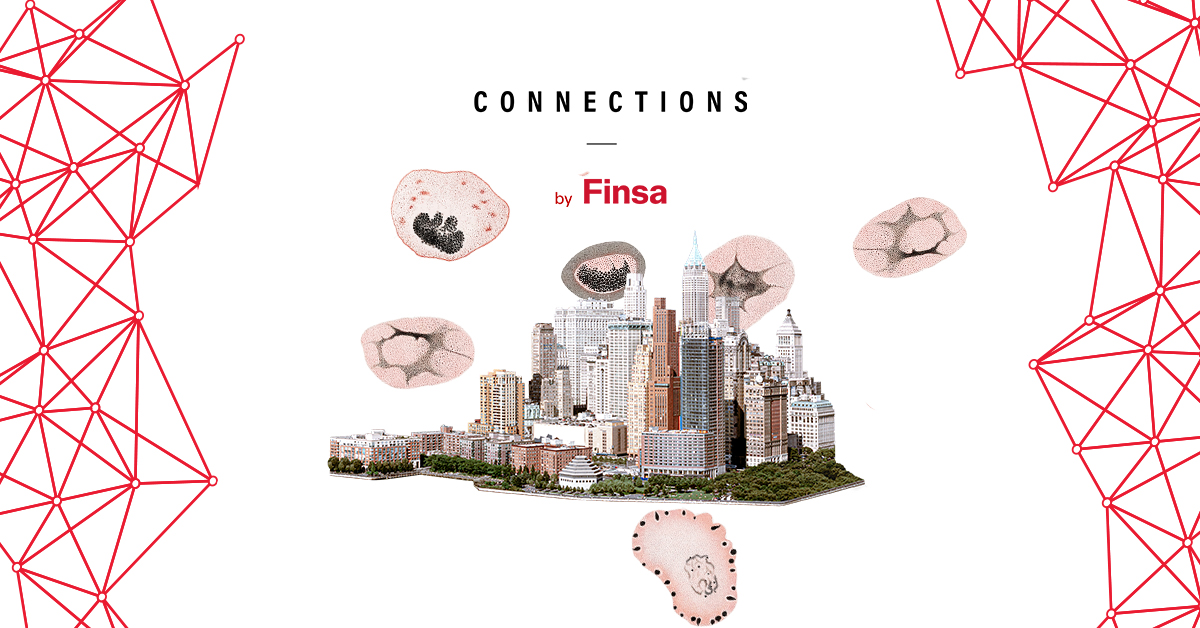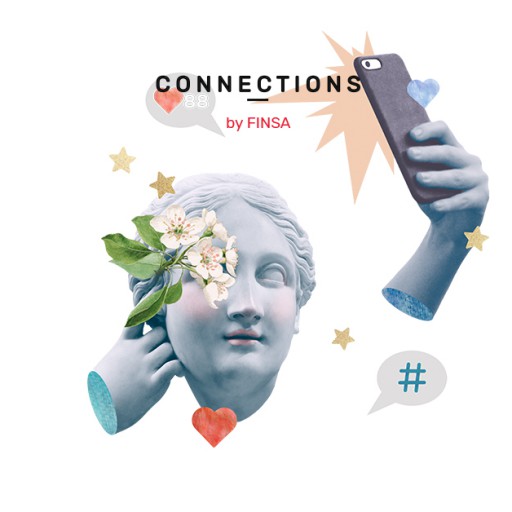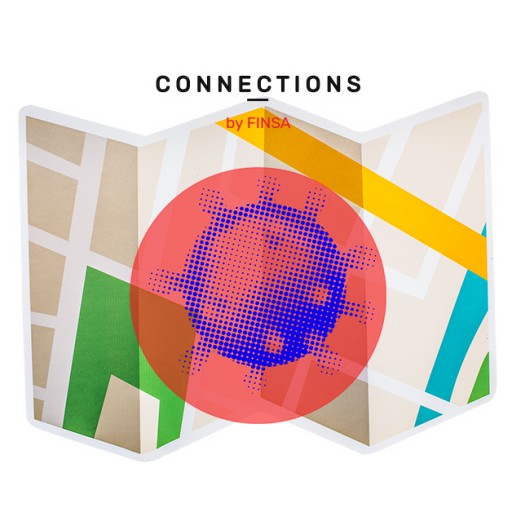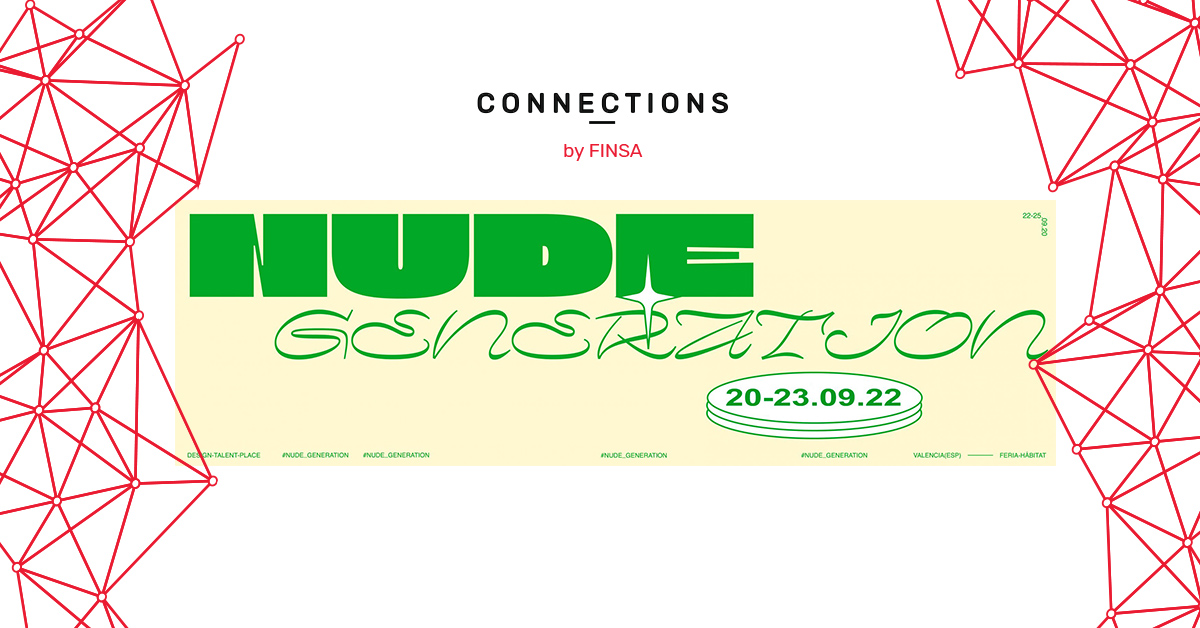Urban life in the future must be based on biotech or there will be no urban life at all. But could a house garden provide electricity for an entire home? Could a football field be energetically self-sustaining? Could the vegetation in urban parks power streetlights? And could forests power an entire city? The answer to all these questions is yes.
 The technology to achieve all of this already exists and works, albeit on a small scale. With the effects of climate change and the challenges of an unsustainable economic and social model that is using up all of the planet’s resources, a new wave of innovation is on the rise in cities, where it is estimated that 70% of the population will live by 2050. Biotechnology is working in practically unchartered territory by reimagining and redesigning these urban areas. We are witnessing the beginning of a revolution that will be essential to achieving sustainable urban life.
The technology to achieve all of this already exists and works, albeit on a small scale. With the effects of climate change and the challenges of an unsustainable economic and social model that is using up all of the planet’s resources, a new wave of innovation is on the rise in cities, where it is estimated that 70% of the population will live by 2050. Biotechnology is working in practically unchartered territory by reimagining and redesigning these urban areas. We are witnessing the beginning of a revolution that will be essential to achieving sustainable urban life.
Ver esta publicación en Instagram
A Barcelona startup has decided to lead this transcendental change in urban areas by creating the first biotech cities in the world in which electricity is obtained from natural sources. Bioo’s technology generates energy that can power lighting in green spaces using underground biological batteries that don’t change or harm the physical environment. Founded in 2015 by Pablo Vidarte, an entrepreneur from Seville who is yet to turn 30, the startup was named one of the most innovative companies in Europe by the European Parliament and is one of the most disruptive in the world according to Google. NASA is keeping a close eye on everything the company does and there was a lot of buzz around their stand at the most recent Mobile World Congress.
Soil, microorganisms, electrons, and current
Everyone at the event was asking the same question: how do these biobatteries obtain electricity from nature? The process that uses organic substances found in the ground which then decompose with microorganisms that can create free electrons, thus generating an electric current that is then stored in a battery. Watering or rainfall ensures that the organic substances reach the battery.
This is actually not a completely new concept. The mechanism has been around since the seventies, but it only worked in controlled environments, not outdoors. Bioo has created the ideal habitat for the process. Vidarte describes damp earth as the “perfect hotel” for the microorganisms needed these biobatteries.
Ver esta publicación en Instagram
Plants: biological switches
At the end of 2022, Bioo had three products on the market. First, there was the Bio Panel for parks and buildings, which can power six lights in a 7×7 metre space. Fifty percent less water is wasted, thanks to less evaporation. It also reduces CO2 emissions and decreases the temperature of 600m2 surfaces by up to four degrees Celsius.
Then there is the Bio Switch, an example of pure democratisation when it comes to automation in the home. This product transforms living plants into biological switches that can control lights, screens, sound, and music when they are touched by a person (i.e., wind and rain do not produce the same effect). The plant then converts those frequency changes into volts. This technology has been used to create the Bioo Lux lamp, which is controlled by touch. Another example can be found in the agritech sector with Bioo Sensor, the first sustainable precision sensor for agriculture. Tested by Crop Science, the agriculture division of Bayer, it’s powered by soil, eliminating the need for chemical batteries and solar panels.
Ver esta publicación en Instagram
Ver esta publicación en Instagram
The number of clients interested in Bioo’s “living installations” is multiplying fast. City councils, companies, architects, and engineers are all incorporating biotechnology into their projects. Bioo even participated in the Eden Project, an installation in Cornwall in the UK that recreated a unique isolated jungle biosphere beneath glass domes, featuring Bioo’s light, sound, and screen activation systems:
Ver esta publicación en Instagram
In Silicon Valley, development of the first living library is underway, a space that will house plants that ‘store’ light messages and that produce a whispering sound when touched by a hand. Its hybrid recharge system for mobile phones, with which phones are charged by plugging them into a plant’s soil, is already in use at the Sanitas head office:
Ver esta publicación en Instagram
‘Plantlamps’ in the Peruvian jungle
This biotech revolution is giving rise to other self-sustaining lighting initiatives, too. Researchers at the University of Engineering and Technology (UTEC) in Lima, Peru, have developed a technique for capturing the electricity emitted by plants and generating clean energy with LED lightbulbs.
These ‘plantlamps’ have been providing light for the native Nuevo Saposoa community, which consists of thirty-seven families who live in an isolated area without electricity. In fact, more than 40% of the rural areas of the Peruvian rainforest do not have access to electricity. For this project, the team chose hardy native plants of manageable size and that have a bulbar root, rhizome, or similar. Here, nature was the problem and yet it also ended up being the solution.
Living light in a Dutch park
The same scientific foundations have resulted in the Living Light project: a lamp that uses microoganisms from plants to naturally convert energy produced by a plant into electric current during photosynthesis. It’s a completely self-sustaining device that does not need to be plugged in. It was created by Dutch designer Ermi van Oers, whose company Nova Innova has already implemented this biotechnology in a public space: Het Park van Morgen in Rotterdam. “The potential is enormous, public lighting could be connected to trees. Forests could become electricity plants. Rice fields could produce food and electricity for the local population,” explains the designer. Her dream is for the plant world to form part of energy system. “Other renewable sources don’t function 24 hours a day. The wind doesn’t always blow, and the sun doesn’t always shine. The bacteria that feed off plants, however, do provide energy in a continuous and unlimited fashion.”
In a similar vein, European multidisciplinary research project Watchplant is underway in Spain, led by scientist Laura García Carmona and the Technological Institute of Energy (ITE) in Valencia. The goal is to develop technology by 2028 that can obtain electricity from plant sap. This new biohybrid, or biobattery, device will initially be used as a monitoring sensor for agriculture, but it could soon be used in workplaces and homes thanks to its potential application in home automation. Testing in Spain will be conducted in Seville and Barcelona and will evaluate environmental factors such as pollution caused by traffic and ozone.
Producing electricity and cleaning water
Wastewater treatment plants produce 3% of all greenhouse gas emissions globally. How can we solve the water shortage and produce clean energy at the same time? A potential solution could be the multifunctional electricity generation and purification membrane (EPM) invented by a group of researchers at Korea Institute of Science and Technology (KIST). The membrane can provide potable water and generate clean energy continuously from wastewater, seawater, or groundwater. The lab has generated electricity for more than three consecutive hours using just 0.10 millilitres of water. The system also rejects more than 95% of the smallest contaminants, such as microplastics and metal particles. Given that it can be printed, it’s not very expensive to produce, either. The fact that it is cheap and effective will facilitate its large-scale commercialisation.
From trash to energy
Just 1% of Sweden’s trash ends up in landfill. The other 99% is recycled to generate electricity and heat. The Swedish people separate their rubbish and take it to one of the Waste to Energy or WTE plants, which provide 250,000 homes with electricity and 800,000 with heat. The keys to achieving this was raising social awareness and a law that requires manufacturers to recollect and recycle their products. Apparently, the energy plant solution has been so effective that there isn’t enough trash anymore, so they’ve started importing it from other countries.
‘Biolighting’ cities: another challenge
When it comes to natural alternatives for how to create urban fabric in the future, there is also the bioluminescence option for lighting in cities. It all starts with the phenomenon of living things such as jellyfish, octopi, silkworms, and fungi that can light themselves up in the dark thanks to a protein in their bodies called luciferin, which means ‘light bearer’ in Latin. French company Glowee has harnessed this power to create lamps.
These unique products are made from tubes filled with seawater containing a luminescent marine bacterium which just needs a few nutrients and oxygen to initiate a chemical reaction that generates light. But how do you turn them off? Well, all you need to do is cut off their air supply. Rambouillet, a town of 25,000 people on the outskirts of Paris, is already using this renewable, environmentally friendly, and cost-effective system. It’s one of the first commercial applications of this technology.
Ver esta publicación en Instagram
And at the Massachusetts Institute of Technology’s (MIT) UK campus, the trees are already lit up:
Ver esta publicación en Instagram
Can we grow a city?
Biotechnology and architecture can also turn houses and cities into living things that improve our wellbeing. According to the Hub for Biotechnology in the Built Environment (HBBE), a joint initiative between the universities of Newcastle and Northumbria, it’s possible to grow a city using certain methods that take advantage of microorganism development, right from a gene level to whole buildings, using biomanufacturing processes and biomaterials. They explain it all here:
The next frontier in construction technology could be integrating buildings into nature. These would be buildings that grow using fungal mycelium, or the root system of fungi. NASA already has a myco-architecture project underway visualising which habitats could be regenerated on other planets.
These buildings would repair themselves using, for example, cement with bacteria spores that, when in contact with water, enters microscopic cracks and generates calcite crystals that would grow and repair these fissures. Buildings would also breathe. At MIT in the US, they are looking into latex membranes covered in bacteria spores and that act like sweat glands, allowing air to flow through walls when there is too much steam from a shower or a kettle, for example. Buildings would also have immune systems. A group of London scientists are creating bio-receptive surfaces that are germ resistant. The kitchens of future could be as probiotic as the yoghurt in your fridge.
Will we eventually have living, breathing spaces? What do you think of this biotechnology in living spaces? Share your thoughts on social media using #ConnectionsByFinsa.’




